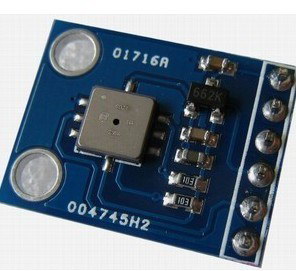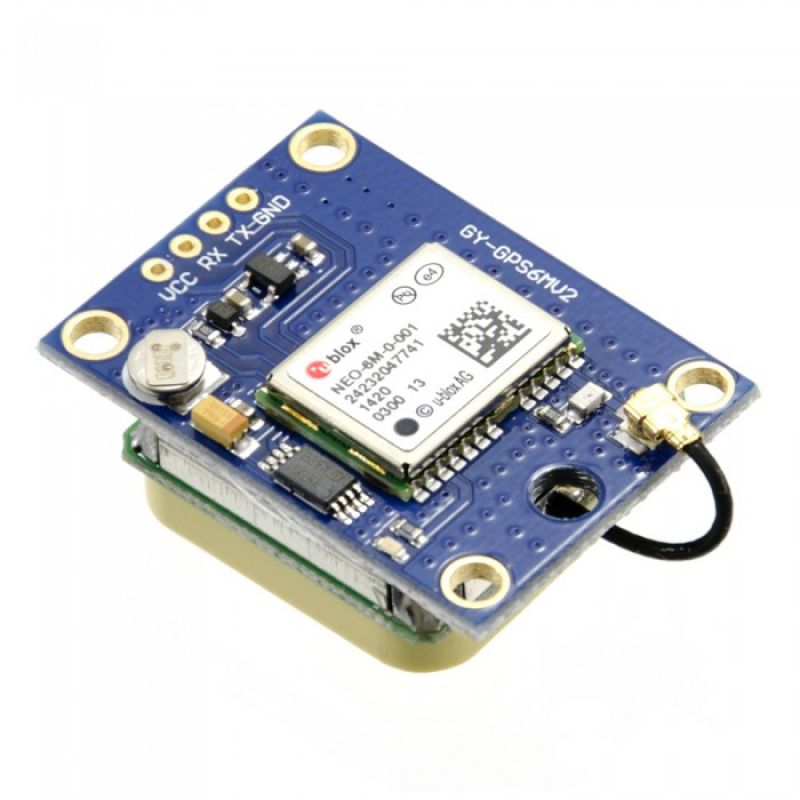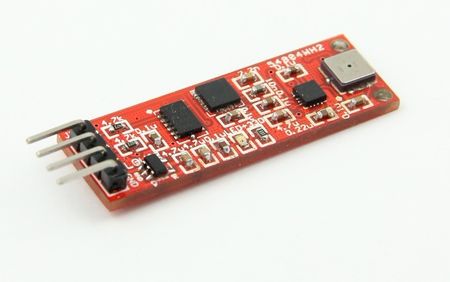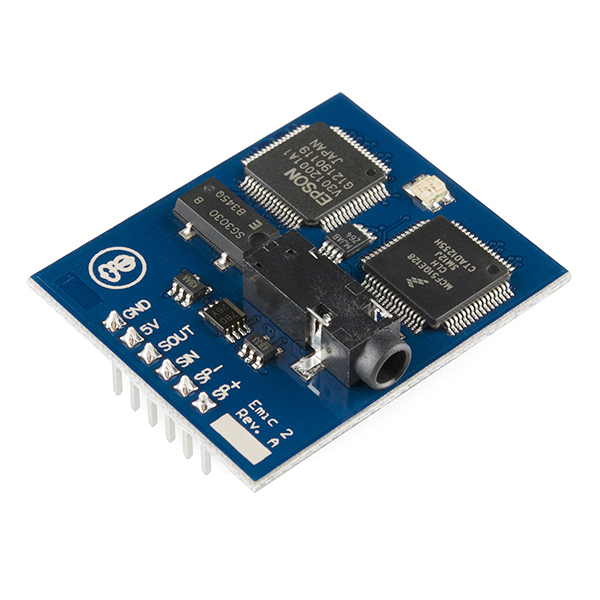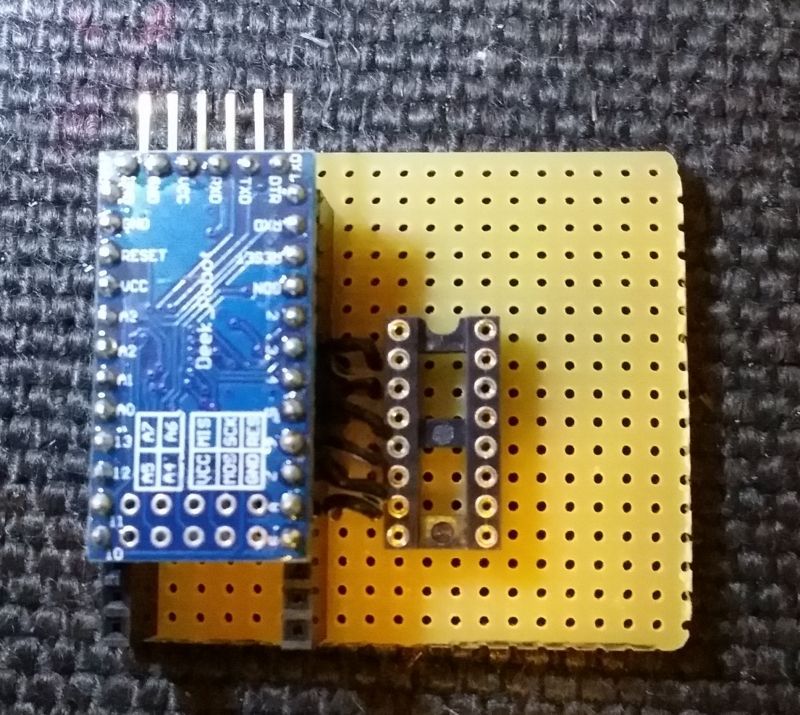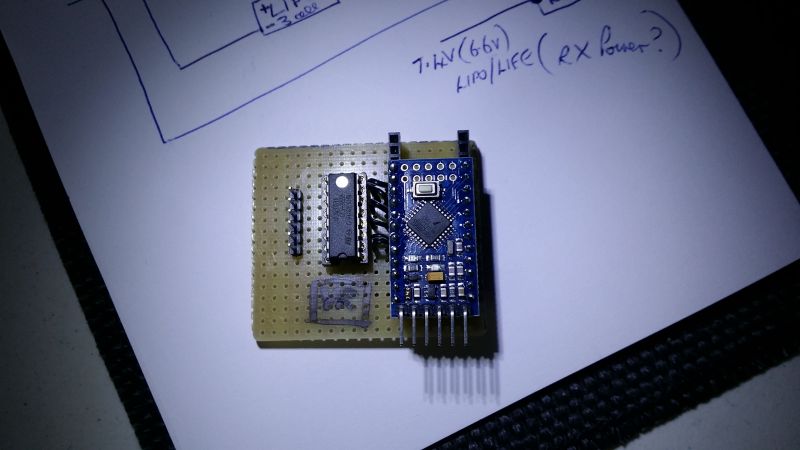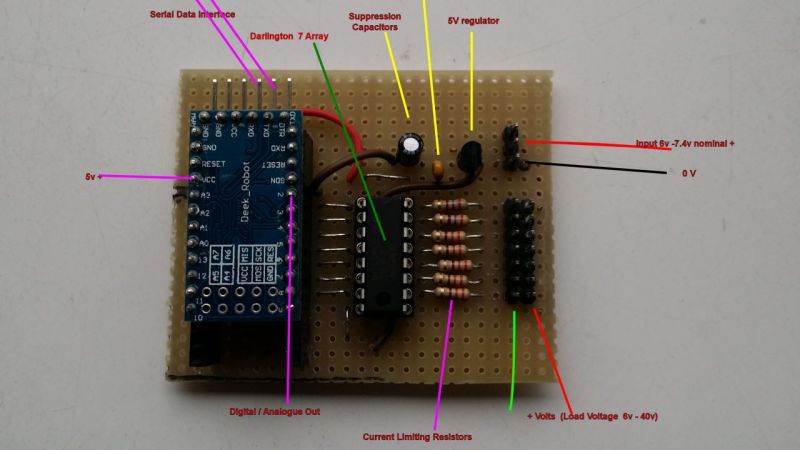- Posts: 3170
- Thank you received: 903
Aero Navigation Lights
- Phil Ford
-
 Topic Author
Topic Author
- Offline
- Administrator
-

Less
More
8 years 8 months ago - 8 years 8 months ago #11681
by Phil Ford
Strangely enough I was looking through various projects that would be possibly helpful to RC fixed wing flyers and uncovered a project using digital pressure sensor for air speed (with temperature compensation), barometric altitude sensor. linked to a GPS sensor module and get the microprocessor to monitor yaw and pitch from a gyro and the data collected will show that the object was flying to slow, poor turning was causing a wing stall, angle of attack is wrong. All these modules and coding are around. :whistle: Then transmit this data to a ground station, maybe to a smart phone in your top pocket. However, each piece of data has to have a digitally recorded voice linked into the code.
I was thinking of a Jeremy Paxman type voice. So when the object appears to be flying "mushy" the system will alert the knob head on the sticks that he is near a stall, mushy or whatever.
Of course a system this good would ultimately say" Warning - mushy! Warning - mushy" and then take over control and regain a preset height and heading.
Or a cheaper version is to just flash a strobe on the aircraft when all is not well.
Images below are
1. pressure sensor 2. gps module (optional) 3. accelerometer/gyro module. 4. text to speech module
Replied by Phil Ford on topic Aero Navigation Lights
DavidTappin wrote: Phil, Peter Willis needs a talking mushy meter in his Tx for when his model is
maybe not talking, perhaps just some sort of warning light or buzzing sound would do the trick, could you make that your next project please?looking mushy in a turn
Strangely enough I was looking through various projects that would be possibly helpful to RC fixed wing flyers and uncovered a project using digital pressure sensor for air speed (with temperature compensation), barometric altitude sensor. linked to a GPS sensor module and get the microprocessor to monitor yaw and pitch from a gyro and the data collected will show that the object was flying to slow, poor turning was causing a wing stall, angle of attack is wrong. All these modules and coding are around. :whistle: Then transmit this data to a ground station, maybe to a smart phone in your top pocket. However, each piece of data has to have a digitally recorded voice linked into the code.
I was thinking of a Jeremy Paxman type voice. So when the object appears to be flying "mushy" the system will alert the knob head on the sticks that he is near a stall, mushy or whatever.
Of course a system this good would ultimately say" Warning - mushy! Warning - mushy" and then take over control and regain a preset height and heading.
Or a cheaper version is to just flash a strobe on the aircraft when all is not well.
Images below are
1. pressure sensor 2. gps module (optional) 3. accelerometer/gyro module. 4. text to speech module
Last edit: 8 years 8 months ago by Phil Ford.
Please Log in or Create an account to join the conversation.
- DavidTappin
-

- Offline
- Platinum Member
-

Less
More
- Posts: 552
- Thank you received: 164
8 years 8 months ago #11685
by DavidTappin
Replied by DavidTappin on topic Aero Navigation Lights
I thought for a moment that you were taking me seriously Phil. Until you mentioned a cheaper version with Jeremy Paxman flashing. Quite a surreal thought.
Please Log in or Create an account to join the conversation.
- Phil Ford
-
 Topic Author
Topic Author
- Offline
- Administrator
-

Less
More
- Posts: 3170
- Thank you received: 903
8 years 8 months ago #11692
by Phil Ford
Replied by Phil Ford on topic Aero Navigation Lights
Seriously? Of course not David. But what you were suggesting is possible for under £100 :lol: Plus hours and hours of coding.  Well within Pete's means.
Well within Pete's means.
Please Log in or Create an account to join the conversation.
- Phil Ford
-
 Topic Author
Topic Author
- Offline
- Administrator
-

Less
More
- Posts: 3170
- Thank you received: 903
8 years 8 months ago #11721
by Phil Ford
Replied by Phil Ford on topic Aero Navigation Lights
Cold weather keeps me indoors and wimping off to going out.  So this next post is not really Aero Nav Lights but could be an idea for future project, building banks leds into the leading edge of something. Purchased a ready made pcb and modified some of the components and tracks. The chip is a PIC controller to trigger the logical MosFets, although any microprocessor could do it with a trigger voltage of 3.3 to 5v. The 5050 leds are so bright the camera could not handle the 6500mcd. All cobbled together for a test.
So this next post is not really Aero Nav Lights but could be an idea for future project, building banks leds into the leading edge of something. Purchased a ready made pcb and modified some of the components and tracks. The chip is a PIC controller to trigger the logical MosFets, although any microprocessor could do it with a trigger voltage of 3.3 to 5v. The 5050 leds are so bright the camera could not handle the 6500mcd. All cobbled together for a test.
I''ll be glad to get out and do RC Aero on stuff in the cold hangar.
I''ll be glad to get out and do RC Aero on stuff in the cold hangar.
Please Log in or Create an account to join the conversation.
- Phil Ford
-
 Topic Author
Topic Author
- Offline
- Administrator
-

Less
More
- Posts: 3170
- Thank you received: 903
8 years 8 months ago - 8 years 8 months ago #11730
by Phil Ford
Replied by Phil Ford on topic Aero Navigation Lights
Right - Back to Navigation lights.......  Made up a board with headers making the processor plug in (easier to update software). The outputs are sent to the Darlington array which can handle higher currents which in turn powers the LEDs. Image 1. This board would be okay for a plane which has 5.5 - 6.6v available with small leds.
Made up a board with headers making the processor plug in (easier to update software). The outputs are sent to the Darlington array which can handle higher currents which in turn powers the LEDs. Image 1. This board would be okay for a plane which has 5.5 - 6.6v available with small leds.
Image 2. This 12 volt board can be powered by a 3 cell lipo (or tap off three pins from the balance ports of main power pack) but because the voltage could be above 12 volts on a fully charged Lipo then a regulator is required. Note the blank space made for it. (Regulator did not arrive today ) The board is approx 50 mm square. This one is destined for the Twin Otter. The landing lights already fitted are 20,000mcd.
) The board is approx 50 mm square. This one is destined for the Twin Otter. The landing lights already fitted are 20,000mcd.
If this works in practice then I may etch a proper circuit board for future uses or if a member want a decent system.
The software is set as : Navigation Lights On when receiver is switched on and TX signal good. Gear switch turns on landing lights. If receiver loses power or signal then ALL lights come on. :ohmy:
Image 2. This 12 volt board can be powered by a 3 cell lipo (or tap off three pins from the balance ports of main power pack) but because the voltage could be above 12 volts on a fully charged Lipo then a regulator is required. Note the blank space made for it. (Regulator did not arrive today
If this works in practice then I may etch a proper circuit board for future uses or if a member want a decent system.
The software is set as : Navigation Lights On when receiver is switched on and TX signal good. Gear switch turns on landing lights. If receiver loses power or signal then ALL lights come on. :ohmy:
Last edit: 8 years 8 months ago by Phil Ford.
Please Log in or Create an account to join the conversation.
- Phil Ford
-
 Topic Author
Topic Author
- Offline
- Administrator
-

Less
More
- Posts: 3170
- Thank you received: 903
8 years 8 months ago #11793
by Phil Ford
Replied by Phil Ford on topic Aero Navigation Lights
Regulator and transients filters now soldered in. Module tested and working great. (It does now after a few hours of scratching head and multimeter checking - left out one link. Doh!  ) The board is powered from either a 7.4v lipo or 6.6 v Life. The processor gets 5 volt regulated and the Darlington Array handles any voltage up to 40 volt on it's output pins but in my module designed to use input voltage, 6.6 - 7.4v. All plugs and sockets are JST -SH type so standard servo leads can be utilised.
) The board is powered from either a 7.4v lipo or 6.6 v Life. The processor gets 5 volt regulated and the Darlington Array handles any voltage up to 40 volt on it's output pins but in my module designed to use input voltage, 6.6 - 7.4v. All plugs and sockets are JST -SH type so standard servo leads can be utilised.  However, I am making up my own leads.
However, I am making up my own leads.
Now that's done I can start the arduous task of fitting and wiring leds into the plane..
Now that's done I can start the arduous task of fitting and wiring leds into the plane..
Please Log in or Create an account to join the conversation.
Moderators: DaveBright
Time to create page: 0.334 seconds
Latest Posts
-
-
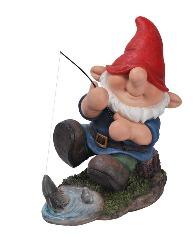
- Ray Ivey's Models
- In WimborneMac Members / For Sale - Exchange - Wanted
- by Brian
- 6 days 17 hours ago
-
-
-

- Various Gliders from Dave Ambrose ex W.M.A.C Membe...
- In WimborneMac Members / For Sale - Exchange - Wanted
- by 4Pedalsfly
- 2 weeks 1 day ago
-
©
2009 - 2025
WMAC PCF Design

